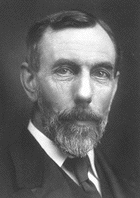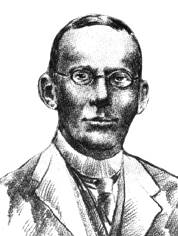


Xenon



History
Xenon was discovered by Sir William Ramsay and M.W. Travers in 1898 from the residue left after evaporating liquid air components. The name Xenon comes from the Greek word xenon meaning stranger. It is the rarest of the stable noble gases in the air and is present in the atmosphere to the extent of about one part in twenty million. It is present in the Martian atmosphere to the extent of 0.08 parts per million. Xenon is found in the gases evolved from certain mineral springs, and is commercially obtained by extraction from liquid air.
Isotopes
Natural xenon is composed of nine stable isotopes. In addition to these, 20 unstable isotopes have been characterized. Before 1962, xenon and other noble gases were thought to be unable to form compounds. Evidence has been accumulated in the past few years that xenon, as well as other members of zero valance elements, do form compounds. Among the "compounds" of xenon now reported are sodium perxenate, xenon deuterate, xenon hydrate, difluoride, tetrafluoride, and hexafluoride. Xenon trioxide, which is highly explosive, has been prepared. More than 80 xenon compounds have been made with xenon chemically bonded to fluorine and oxygen. Some xenon compounds are colored. Metallic xenon has been produced, using several hundred kilobars of pressure. Xenon in a vacuum tube produces a beautiful blue glow when excited by an electrical discharge.
Uses
The gas is used in making electron tubes, and powerful lamps. Examples include stroboscopic lamps, bactericidal lamps, and lamps used to excite ruby lasers for generating coherent light. Xenon is used in the nuclear energy field in bubble chambers, probes, and other applications where a high molecular weight is of value. The perxenates are used in analytical chemistry as oxidizing agents. 133Xe and 135Xe are produced by neutron irradiation in air cooled nuclear reactors. 133Xe has useful applications as a radioisotope. The element is available in sealed glass containers of gas at standard pressure. Xenon is not toxic, but its compounds are highly toxic because of their strong oxidizing characteristics.
Vital Statistics
| Atomic Number | 54 |
| Atomic Mass | 131.29 amu |
| Melting Point | 161.25°K |
| Boiling Point | 165.05°K |
| Number of Neutrons | 77 |
| Density @STP | 5.8971g/cm3 |
| Color | colorless gas |
| Electron Configuration | [Kr]5s24d105p6 |
| Atomic Structure
|